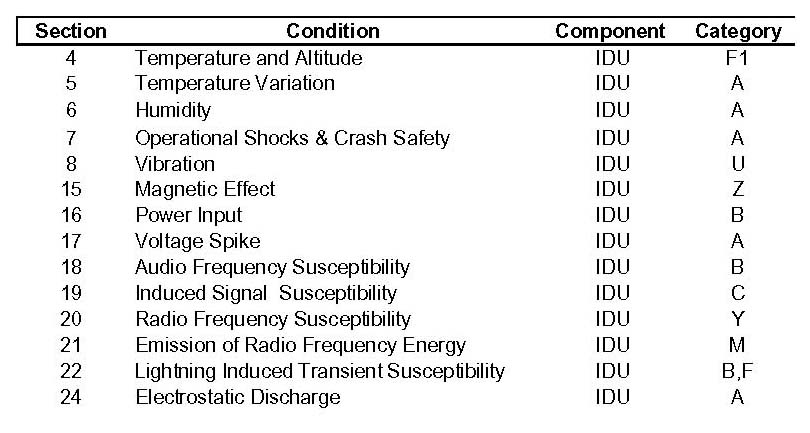|
|
Brian writes:
<< I'm confused. You want us to avoid putting in
"uncertified and therefore unsafe/untested" EFIS systems into our
UNCERTIFIED EXPERIMENTAL aircraft. We had better all stop work on our
Lancairs and Glasairs and RVs because they certainly weren't tested to the
same level as our spamcan brethren aircraft.>>
You are confusing Certified with Safe and Tested. Certified means that a
device has been tested to certain standards. Any device can be tested. Any
device can be unsafe if not used within it's capabilities.
Untested is the operative word here. Uncertified does not imply untested
and does not imply unsafe. Casual testing, as in "We flew around for a few
hours and couldn't break the thing" IS better than NO testing but it does
not meet the testing requirements for IFR flight.
What I said exactly was:
<<My message is simple "Don't fly behind an experimental primary flight
display in actual IFR conditions unless that system has thoroughly
demonstrated it's reliability." Having standby gauges in your "scan" may
not be good enough. >> Install whatever you want in your Experimental
Airplane, that is, after all the point, but don't believe for a moment that
you are legally allowed to do whatever you want with whatever equipment and
in any conditions of flight. There ARE still rules.
After building your experimental airplane you are required to test it. Remember
that 25 or 40 hour test flight period? You did use that time to put your
airplane through a thorough test regime, didn't you? Certain tests that the
builder may not be able to (reasonably) perform like the wing spar load test
or the landing gear drop test were done by the manufacturer.
Likewise, any piece of equipment that you install in your airplane that is
critical to the safety of flight should be tested and should demonstrate
that it performs as intended. Unfortunately, many of the tests required to
verify the survivability of an EFIS system are beyond the capability of most
builders. Hiring a test facility to perform the tests is expensive ($3-5K
per day) and the devices to be tested are frequently damaged or destroyed
so these tests should / must be performed by the manufacturer so the costs
can be amortized.
Several manufacturers have a stated "Don't ask. Don't tell" attitude where
they do not want to do testing as it will likely uncover shortcomings. They
equate ignorance with capability, and you are buying it.
IMHO knowingly using untested or casually tested equipment to fly IFR is
a really bad idea and probably in violation of Part 91.3 (a) "The pilot in
command of an aircraft is directly responsible for, and is the final authority
as to, the operation of that aircraft." Part 121.303 states "(b) Instruments
and equipment required by §§ 121.305 through 121.359 must be approved and
installed in accordance with the airworthiness requirements applicable to
them.
Having a "Primary" electric gyro may keep you legal but it may not keep you
safe.
Attached is a list of the applicable DO160D test sections and levels for
the CFS IDU. This is a SMALL fraction of the overall testing required as
it does not include the DO178 testing of the software or ANY of the TSO requirements.
If you still think I am a fool, then so be it. But please, fly over someone
else's house, not mine.
Regards
Brent Regan

DO160.jpg
|
|